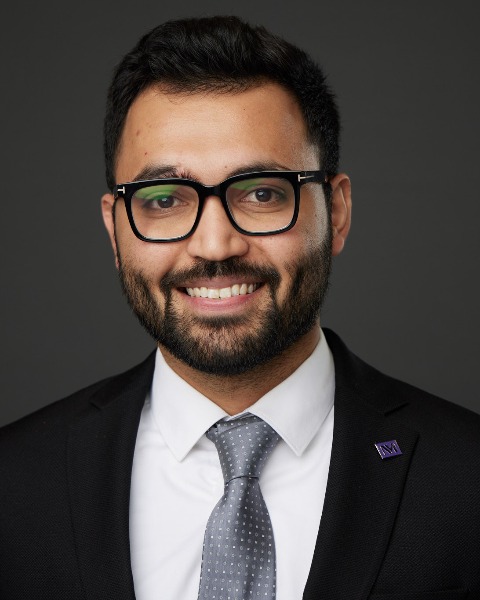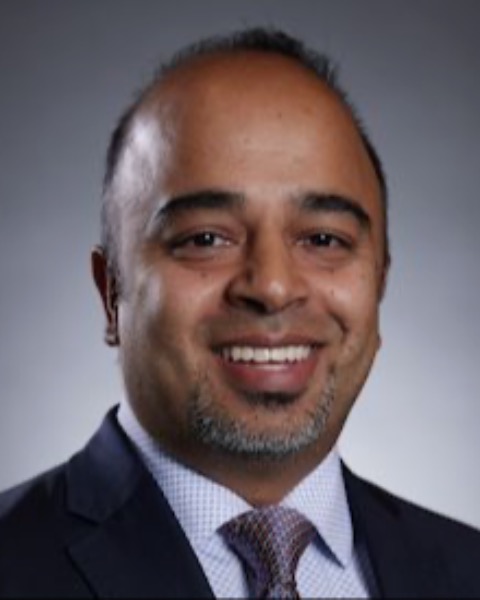SIR 2025
Nonvascular Interventions
Scientific Session
Combined Percutaneous Endobiliary Radiofrequency Ablation and Prolonged Dilatation in Managing Refractory Benign Biliary Strictures: An Alternative to Long-Term Drainage

Ali Husnain, MD (he/him/his)
Postdoctoral Research Fellow
Northwestern University, United States- AR
Allison Reilland, n/a
Clinical Nurse
Department of Radiology, Section of Interventional Radiology, Northwestern Memorial Hospital, United States 
Aziz Aadam, MD
Interventional Gastroenterologist
Northwestern University, United States
Riad Salem, MD
Chief of Vascular and Interventional Radiology in the Department of Radiology
Northwestern Memorial Hospital, United States
Ahsun Riaz, MD
Interventional Radiologist
Northwestern University, United States
Presenting Author(s)
Author/Co-author(s)
Materials and Methods:
This single-center retrospective analysis included 26 patients [M/F = 16/10; median age: 56 (31-84)] who underwent percutaneous EB-RFA followed by prolonged dilatation for benign biliary strictures (Table 1). All patients underwent unsuccessful cholangioplasty sessions [median: 3 (2-13)] and long-term drainage [14 Fr, median: 3 months (2-74)] before the index procedure. Technical and clinical success were defined as luminal gain with enhanced flow and clinical absence of stricture recurrence post-drain removal, respectively.
Results:
A total of 27 procedures (including one patient with 2 sessions) were performed. Percutaneous cholangioscopy was used in all cases to evaluate the stricture pre- and post-ablation. The procedural steps were as follows: percutaneous EB-RFA followed by cholangioplasty and dual drain (14 + 8 Fr) {1} placement. The technical success rate was 100% (27/27). Dual drains were removed during a median follow-up of 1 month (0-3). The reasons for not removing drains are listed in Table 1. The clinical success rate was 86% (19/22) with a median follow-up of 12 (2-24) months. Median patency was not reached; however, the estimated 2-year rate was 82% (95% confidence interval: 66–100). Stricture recurrence occurred in 3/22 (14%) cases post-drain removal. There was a significant reduction in the median number of drain insertion/exchange procedures [5 (1-45) to 0 (0-6); P < 0.001] pre- and post-procedure with a median follow-up of 11 (0-26) months. Procedure-related complications occurred in 3/27 cases (drain leakage with subsequent exchange).
Conclusion:
Percutaneous EB-RFA and prolonged dilatation demonstrate favorable efficacy in managing refractory benign biliary strictures than cholangioplasty alone. Prolonged dilatation allows the stricture tissue to remodel around a reasonable diameter. However, the current study is limited by the lack of a control group and shorter follow-up.


.jpg)